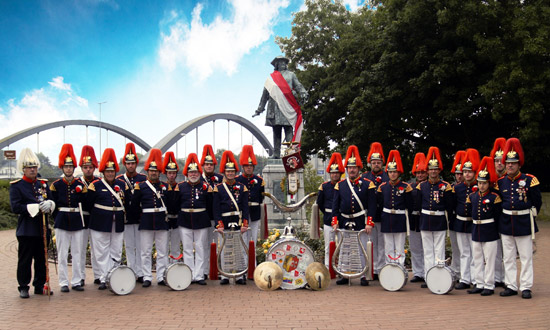Music: Music Overview
From classical juggernauts like Bach, Beethoven, and Brahms to the invention of the bandoneon, Germany’s musical heritage is rich with innovation and technique. While the Nazi regime attempted to suppress many forms of music, including klezmer and swing, the individualistic German spirit in groups like the Swingjugend always prevailed. Many permutations of German volkslieder span the country’s history, from the medieval art songs of minnesingers and meistersingers to work and political protest songs after the Berlin Wall divided Germany. In the decades after the Cold War, an influx of Turkish immigrants produced identity-affirming hip-hop. And, along with thriving rock and heavy metal communities, Germany has one of the largest electronic music scenes in the world.
Origins and Influences
Numerous West Germanic tribes inhabited Germania, as it was then known, until the Franks conquered them in the 6th century, leading to Germany’s inclusion in the Holy Roman Empire. The Thirty Years’ War in the mid-17th century split Germany into Prussia, Saxony, and Bavaria. In 1815, the Congress of Vienna established the German Confederation to connect 39 German-speaking states, which eventually failed as a result of tension between Prussia and Austria.
After World War I, Germany created the Weimar Republic in 1919. At that time Germany was home to well over a half-million of Europe’s Jews; following the infamous atrocities of the Nazi period, the Jewish population was reduced to barely a tenth of its former numbers, a trauma from which it is still recovering.
In the aftermath of World War II, the Cold War powers divided the country into a communist East and democratic West Germany. Turkish Gastarbeitern (guest workers) moved to the latter in the 1960s and 1970s as part of a government-created formal program to make up for the resulting labor shortage. Economic opportunity led many to stay longer than the prescribed one to two years, bringing their families and eventually comprising one of the largest immigrant groups in the country, numbering over four million. Meanwhile, East Germans fought tirelessly for their right to enter West Germany and West Berlin, spurring the successful German reunification of 1990.
Article written for World Trade Press by Jen Shipon.
Copyright © 1993—2025 World Trade Press. All rights reserved.

 Germany
Germany 